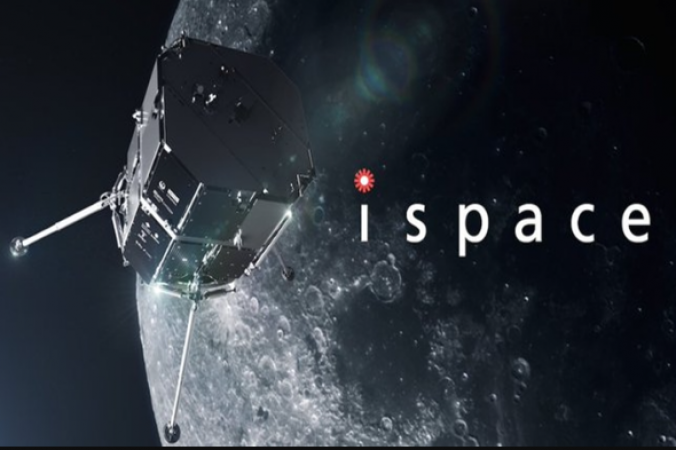
Tokyo: After losing contact with its Hakuto-R Mission 1 (M1) lander on Tuesday, the Japanese startup ispace Inc. announced that its attempt to make the first private moon landing had failed, concluding that it had most likely crashed on the lunar surface.
Last-minute data pings revealed the lander's speed was rapidly increasing, prompting engineers at mission control in Tokyo to conclude a successful landing was "not achievable," according to a statement from ispace.
Shortly after communication from the spacecraft was lost, founder and CEO Takeshi Hakamada said on a company live stream, "We lost communication, so we have to assume that we could not complete the landing on the lunar surface."
Also Read: Pakistan Defence Minister Khawja Asif to skip Delhi trip for SCO meet
A victory would have been a welcome change from the recent failures that Japan has experienced in the field of space technology, where it hopes to establish a homegrown industry and hopes to send Japanese astronauts to the moon by the late 2020s.
A lunar landing, however, would be a challenging task for a private company. India and a private Israeli company's attempts in recent years to soft-land a spacecraft on the moon failed, leaving only the United States, the former Soviet Union, and China with success.
The Japanese company "determined that there is a high probability that the lander eventually made a hard landing."
Ispace stated that it did not anticipate an immediate impact on its earnings forecast in its disclosure to the Tokyo Stock Exchange. The startup sells data and sends payloads to the moon, like rovers. It anticipates not turning a profit until close to 2025.
Also Read: Pakistan's wisdom has come to its end! General Bajwa said a big thing about India
An animation based on real-time telemetry data showed the M1 lander getting as close to the lunar surface as 90 metres (295 feet) four months after its SpaceX rocket launch from Cape Canaveral, Florida, at about 12:40 p.m. Eastern time (1640 GMT Tuesday).
Mission control had lost contact with the lander by the scheduled touchdown time, and engineers could be seen worryingly watching the live stream as they awaited a signal that never came to confirm the lander's fate.
The situation is still being looked into by our engineers, according to Hakamada at the time. We are very proud of the fact that we have already accomplished many things during this Mission 1, I can tell you right now.
According to Hakamada, the lander succeeded in eight out of ten space mission goals, yielding important information for the subsequent landing attempt in 2024.
The 2.3 metre tall M1 started its landing phase about an hour before the scheduled touchdown, gradually tightening its orbit around the moon from 100 km (62 miles) above the surface to about 25 km (3,700 miles), travelling at close to 6,000 km/hour (3,700 mph).
According to Chief Technology Officer Ryo Ujiie, slowing down the lander to the proper speed in opposition to the moon's gravitational pull would be like applying the brakes to a bicycle just inches from a ski jump.
Also Read: Indian-American Arizona State Rep Amish Shah announces Run for Congress
The mission's goal was to deploy a two-wheeled, baseball-sized rover made by the Japan Aerospace Exploration Agency, Tomy Co. Ltd., and Sony Group Corp. at the edge of Mare Frigoris in the northern hemisphere of the moon. It also intended to send out Rashid, a four-wheeled rover from the United Arab Emirates.
The Niterra Co. Ltd. experimental solid-state battery was among the equipment the lander carried to test its performance on the moon.